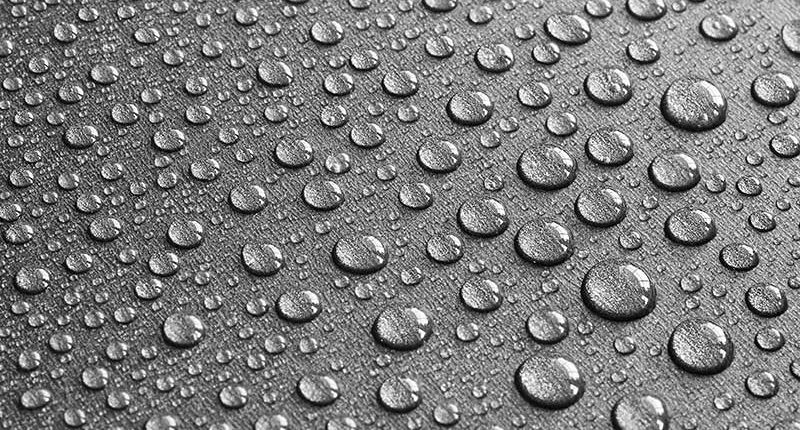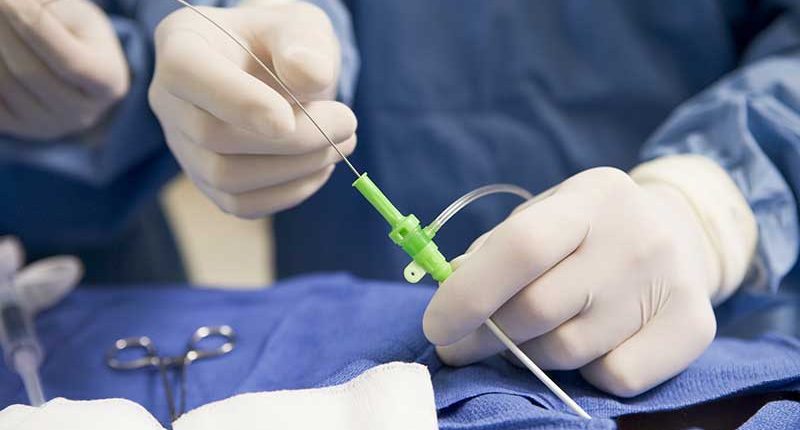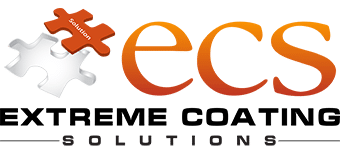Are you looking for non-stick or high-lubricity?
For most people, non-stick coatings are what you see on your pots and pans at home. However, non-stick and high-lubricity coatings are not all created equal.
The following offers a brief introduction on the basics for defining the unique performance properties of coatings designed and engineered to produce specific enhancements for your products.
For those clients looking to explore their options further, we typically start off asking general questions and those answers then lead to more specific ones, so we can better dial in on the performance properties our client has in mind. However, those of you who would rather email your requests, let us know more about your specific challenge.
Hydrophobic vs. Hydrophilic?
Material surfaces react within the range of either a hydrophilic (water-loving) or a hydrophobic (water-hating) manner.
With a hydrophilic surface, the liquid drop flattens out and it spreads along the surface thus the “water-loving” nature of the surface. Meanwhile, a hydrophobic surface is keeping itself as dry as possible by reducing its contact with the water (or other liquid substance).
To quantify the reaction of a surface (coated or uncoated), a droplet of water is placed on the surface. How the water then reacts to that surface is measured and defined by its “contact angle” (CA), which is measured with a goniometer. The greater the CA, the more hydrophobic a surface is, and the lower, the more hydrophilic.
Examples here include:
The Lotus Leaf has a contact angle of up to 170 deg. which would be an “ultrahydrophobic” surface. At that CA, which means less than 2% of the water droplet is in contact with the surface.
Meanwhile, water on plastic typically results in a 90-140 CA, making that surface hydrophobic.

If the surface has less than a 90 deg CA, it is referred to as a hydrophilic surface.

So because of the higher contact angle, hydrophobic coatings are better than hydrophilic ones right?
Not necessarily… depends on application.
Hydrophilic coatings are best suited for surfaces where the goal is for the liquid flowing over it to meet the least resistance. Examples of this include catheters and guidewires, and for industrial applications. Likewise, if you have heard of “wetting agents” being added to a coating, those are hydrophilic additives that increases the ability of the coating to flow over the surface and penetrate better. Because hydrophilic coatings improve the surface contact, it can also improve adhesion as well.
Hydrophobic coatings, which is what most of us are familiar with is best suited for surfaces where high release properties are sought… ranging from water-proofing to cookware.
The impact of high temperatures, corrosion and wear resistance on hydrophobic and hydrophilic coatings.
Hydrophobic of hydrophilic coating properties aside, it is imperative to factor in the other environmental conditions the coating will be exposed to. For example, many super or ultra-hydrophobic coatings see their properties disappear once exposed to even light wearing properties. Likewise, some coatings like silicones handle high temperatures better than others, but have virtually no corrosion resistance.
There are many other factors to consider… food-grade or not? What temperatures can your product withstand (in order to handle the coating’s curing temperatures)? Do you have different types of substrates you’re trying to coat; such as metal, ceramics, plastics, and others?
For all these factors there is not a single clear coating solution. So what is your wish? What coating challenge can we help you find?
Contact us at info@nullecs-ww.com or 844.379.3688.
